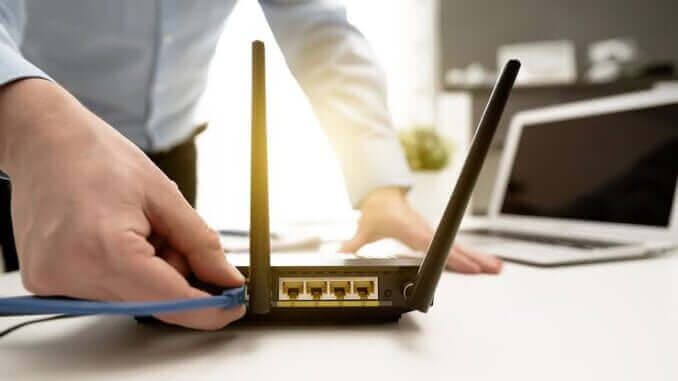
In today’s hyper-connected world, our homes are filled with a plethora of smart devices, from smartphones and laptops to smart TVs, thermostats, and even refrigerators. While these gadgets make our lives more convenient, they also pose a security risk, especially when they’re connected to your home WiFi network. Hackers are constantly seeking ways to exploit vulnerabilities and access your personal information.
Thank you for reading this post, don't forget to subscribe!To protect your home WiFi from potential threats, here are seven essential tips you should consider:
1. Change Default Router Credentials
The first line of defense for your home WiFi network is your router. Most routers come with default usernames and passwords that are widely known among hackers. Change these credentials to a strong, unique combination to prevent unauthorized access. Remember to update them regularly.
2. Enable WPA3 Encryption:
Ensure your WiFi network uses the latest encryption standard, WPA3 (Wi-Fi Protected Access 3). This offers stronger security than its predecessors, making it more challenging for hackers to crack your WiFi password.
Read Here: 4 Ways 5G will change the way we live and work
3. Strong, Unique Passwords
Create strong, unique passwords for both your WiFi network and connected devices. These passwords should include a mix of upper and lower-case letters, numbers, and special characters. Avoid using easily guessable information like birthdates or family names.
4. Regular Firmware Updates
Router manufacturers release firmware updates to patch known vulnerabilities and improve security. Set your router to automatically update its firmware, or check for updates regularly and apply them promptly to maintain optimal security.
5. Network Segmentation
Segment your home network to isolate smart devices from more sensitive data, like personal computers. This minimizes the risk of a hacker gaining access to critical information through a less secure device.
6. Implement Network Monitoring
Use network monitoring tools or apps to keep an eye on all devices connected to your network. This allows you to quickly spot any unauthorized connections and take action.
7. Disable Remote Management
Many routers offer a feature that allows remote management, but it can be a security risk. Disable this function unless you have a specific need for it, as it could be exploited by malicious actors.
Leave a Reply